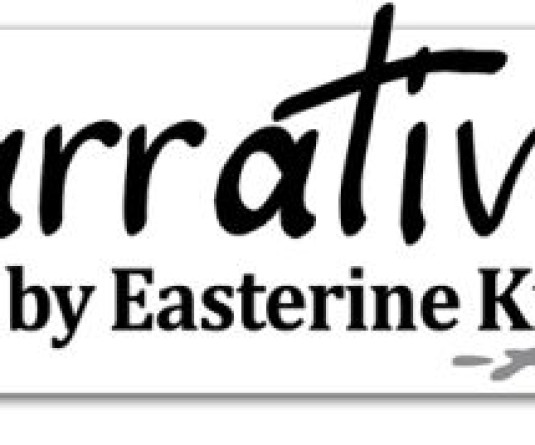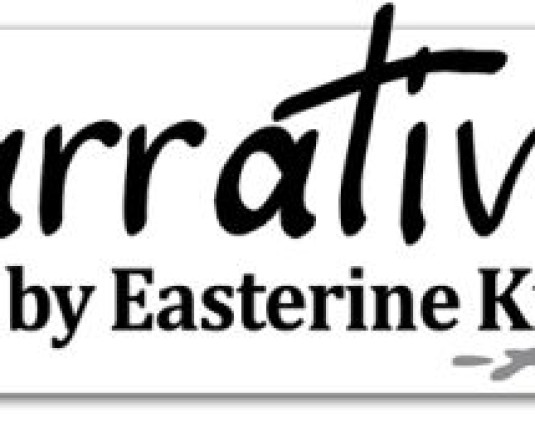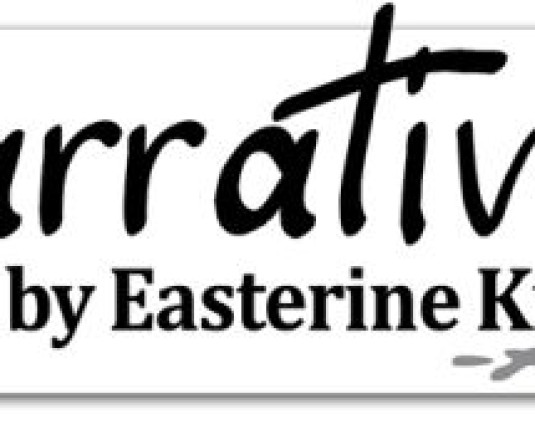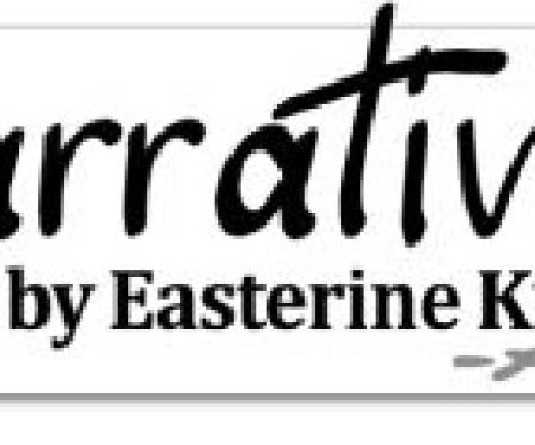
Celebrating Us was the theme of a seminar on Naga women and their traditional attire. When we think carefully about it, Naga women are to be lauded for the beautifully designed textiles and traditional cloths that have come to be worn by all members of the Naga tribes. We all know that Neihunuo Sorhie was honoured by the government of India for her contribution to the art of weaving. Every Naga cloth has been conceived and created by a woman’s mind and hand. Not by the hand of a man. Think about that. No self respecting Naga man would be found weaving. It is inconceivable. As a matter of fact, it is taboo for a man to touch a woman’s weaving implements. Violation of this taboo would result in failure in war and in hunting, and cause great ignominy in life.
I find myself marveling at the intricate geometric patterns on each tribal body cloth. Let us not call it shawl. The cloth for covering the body is a body-cloth and the cloth to be worn below is a waist-cloth. Calling it a shawl diminishes its distinctness. For this reason, I greatly dislike the custom of gifting non-Nagas with our tribal body-cloths. They have no idea of the significance of our cloths. Nor are they aware that we treat our cloths with great honour. In some non-Naga households, the gifts can be seen being used as wall hangings or even as tablecloths with dried curry stains on their surface. Please, please stop gifting our beautiful cloths to non-Nagas. If they truly like them, let them buy it in the shops. Teach them to wear it properly, with the right side up. Tell them it is a bad omen to wear a body-cloth upside down.
An idea strikes me that shops that sell Naga body cloths (and waist-cloths) can print a small information flyer on how to use the body-cloth. The literature can explain the tribe to which the cloth belongs, the significance of the various designs on the cloth, and guidelines such as restrictions, if any, on who is entitled to wear that particular cloth. The seller has to do some extra work to get this information and get it written down attractively to accompany each cloth she is selling. It sounds like a big job, and it will be a big job. But just think how much it would contribute to our own understanding of each other’s traditional garments.
This kind of exercise would enrich and widen knowledge of tribal attire. Moreover, it would become a way of passing down precious information to younger generations about their traditional cloths. Since this is something we have never done before, it is likely that the information on many designs could be missing. But we have to start somewhere, and it is not too late to start now.
In museums in Europe, our body cloths from the 1930s are carefully preserved in controlled temperatures to prevent bugs destroying the priceless fabrics. Some cloths are labeled mentioning only the tribe and year of acquisition as well as the name of the village. But the designs are so old that it is not possible to get more information on them.
In our time, we should not allow our beautiful traditional cloths to go undocumented. Let us gather as much information as we can, and pass it on in this manner. Today we are celebrating ourselves, or rather we are celebrating the mothers, grandmothers, sisters and aunts of yesterday whose amazing creativity put together what we proudly wear as our tribal cloths today. Each motif, meticulously put together to make up the whole, yields its own meaning. I remember listening to a woman explain the design of the centennial cloth of Khonoma. I was struck by the fact that her explanation sounded like poetry. The beautiful cloth was a poem that we could touch and feel and wear. It was the closest to experiencing what it could be like to wear a poem. That is what we celebrate today – the poetry of our traditional attire.
The Sami artist Keviselie once commented that when Nagas wore their traditional cloths, they looked like elevated human beings. What a compliment! Let us celebrate gratefully this God-given covering to the Naga people! We should not celebrate just for one day. But by documenting the many designs on our cloths, and collecting valuable information on the art of weaving before it is too late, we can ensure that the celebration goes on for years and years.






